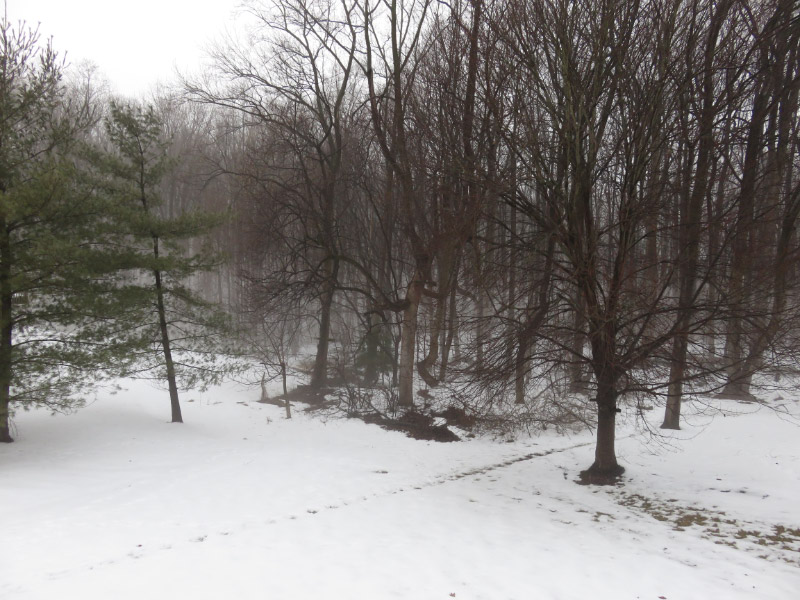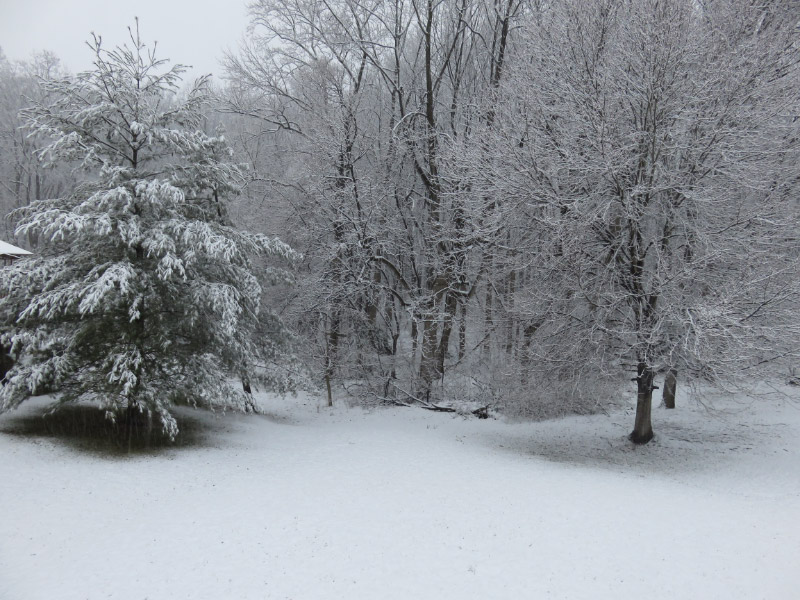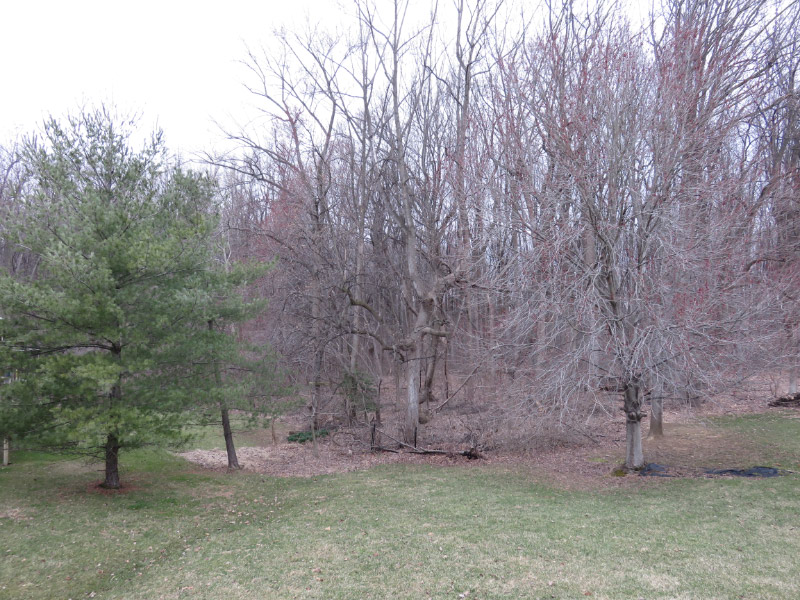Gleanings of the Week Ending December 19, 2015
/The items below were ‘the cream’ of the articles and websites I found this past week. Click on the light green text to look at the article.
The future of medicine is testing our body fluids at home – Will the ‘annual physical’ become a thing of the past as this testing becomes more widely available?
The Coming Winter Part Two: The Elephant in the Room – The second part of Dan Satterfield’s explanation of the long range forecast for the winter.
Living Alone Now the Most Common Type of Household – Analysis of US households from 1930-2010. The over 60 population accounts for the majority of population that lives alone so the expectation is that the number of ‘living alone’ households will continue to increase.
Storing Electricity in Paper – Made from nanocellulose and a conductive polymer….the basic research is promising…not to develop a production method for the power paper.
Improving Tools for Quantifying the Effectiveness of Conservation – Trying to quantify the effectiveness of conservation efforts is hard. This post is about the work of environmental economists to do it.
Pesticide found in milk decades ago may be associated with signs of Parkinson’s – I was reading this article while I was in Hawaii…and that is where the study was done. The pesticide heptachlor epoxide was used in the pineapple fields in the early 1980s in Hawaii and made its way into milk of that era in Hawaii.
Top 10 Winter Wildlife Experiences to Enjoy near You – Some ideas for getting outdoors in the winter. My husband and I are planning several jaunts to Conawingo Dam to photograph bald eagles this winter. And if we get snow (so far we have had a very warm winter hear in Maryland), we’ll look for tracks and look for wildlife in the morning/evening around our house.
 Native Spotlight: American Holly – An item for the season. Holly is a plant often associated with Christmas. My picture is from a holly at Belmont Manor and Historical Park
Native Spotlight: American Holly – An item for the season. Holly is a plant often associated with Christmas. My picture is from a holly at Belmont Manor and Historical Park
Explore Machu Picchu in Google Maps Street View and Artifacts from Machu Picchu from Google’s Cultural Institute – Another place for virtual travel.
One Million Icequakes – Data was collected from a glacier in Greenland for 2 years…one that produced 20 icequakes every 60 seconds. The icequakes offer a window into the glacier bed where the ice meets the sediment.































